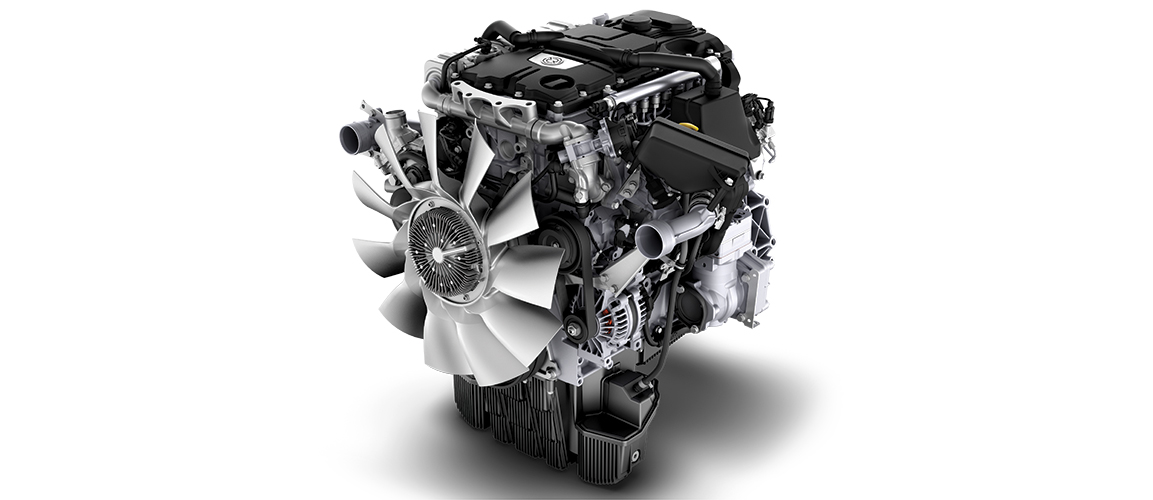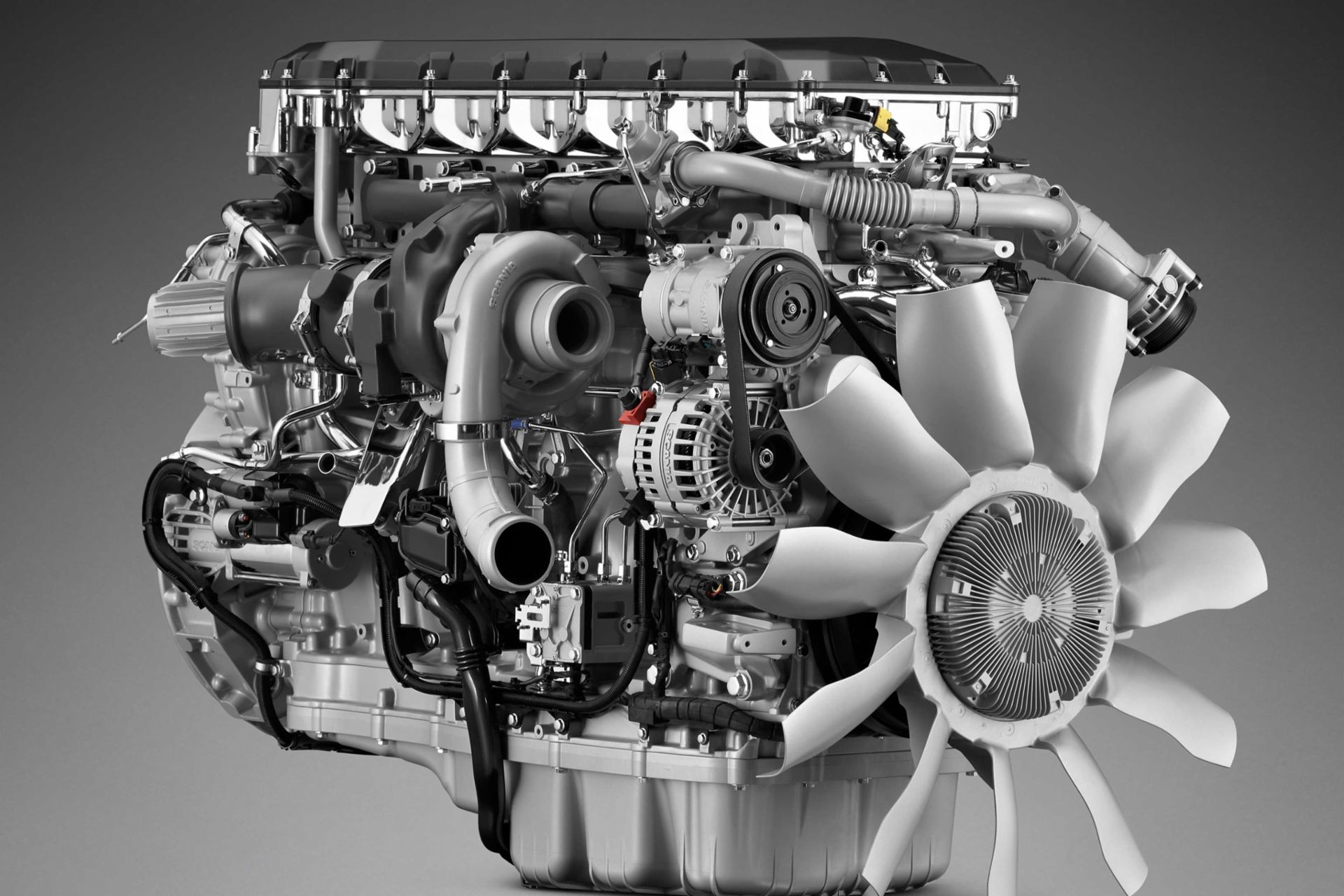Engines for Africa Available Currently! Browse Through Our Relied On Vehicle Components Shop
The Pursuit for Ultimate Driving Power: Examining the Pinnacle of Engine Efficiency and Technological Developments in the Automotive Industry
In the realm of automobile design, the search of optimum driving power has actually been a relentless quest that has unfolded through the evolution of engine design and the combination of innovative technologies. From the precise craftsmanship of combustion engines to the fast innovations in electrical propulsion systems, the automotive industry stands at the cusp of a brand-new era characterized by extraordinary efficiency capabilities.
Advancement of Engine Style

Moreover, the integration of turbocharging and supercharging modern technologies has reinvented engine design by improving power without substantially increasing engine dimension. These forced induction systems press the intake air, enabling for even more fuel to be ignited, thus creating higher power outcome from a smaller engine. This development has been specifically critical in boosting the efficiency of smaller displacement engines while keeping fuel efficiency standards.

Performance-Enhancing Fuel Technologies
The application of sophisticated gas technologies has actually substantially contributed to improving engine performance in modern-day cars. From traditional gasoline and diesel to cutting-edge biofuels, synthetic fuels, and hydrogen, the auto industry is seeing a transformation in fuel choices. Biofuels, obtained from sustainable sources like algae, corn, or sugarcane, deal lowered exhausts and improved engine effectiveness. Artificial gas, generated via chemical procedures, give high octane rankings, boosting power result. Hydrogen gas cells, although still in the early stages of adoption, show fantastic guarantee as a result of their zero-emission nature and possibility for high efficiency. In addition, fuel ingredients and detergents are being formulated to clean engine parts, maximize burning, and minimize friction, therefore improving overall automobile performance. With continuous research and growth, the pursuit for the supreme driving power continues, as designers strive to open the full potential of performance-enhancing gas innovations in the vehicle market.
Innovations in Electric Propulsion
Considerable strides in electrical propulsion technology have actually reinvented the automotive market, paving the method for a new age of lasting and effective transportation. Electric automobiles (EVs) are acquiring appeal because of their ecological advantages and innovations in battery innovation, enabling longer driving varieties and shorter charging times. Producers are investing greatly in r & d to enhance the performance of electrical propulsion systems, concentrating on increasing power output, enhancing power effectiveness, and minimizing total weight.
One noteworthy development in electric propulsion is the development of advanced electrical motors that supply greater torque and power density, resulting in improved acceleration and total driving efficiency. In addition, regenerative stopping systems have been fine-tuned to store and capture energy during deceleration, further boosting the efficiency of EVs.
Additionally, the assimilation of clever modern technologies, such as synthetic intelligence and anticipating analytics, is enhancing the administration of electric propulsion systems, guaranteeing ideal efficiency under numerous driving conditions. These developments in electrical propulsion are improving the auto landscape, driving the industry towards a more sustainable and electrified future.
Impact of Computational Fluid Dynamics
With developments in electric propulsion pressing the limits of automobile innovation, the assimilation of Computational Liquid Characteristics is playing an essential duty in maximizing aerodynamic efficiency and improving total efficiency in vehicle style. Computational Fluid Characteristics (CFD) entails the usage of computer simulations to evaluate the circulation of air around an automobile, allowing engineers to anticipate exactly how layout adjustments will affect the rules of aerodynamics without the demand for costly physical prototypes. By accurately modeling airflow patterns, CFD permits the refinement of vehicle forms to decrease drag, boost cooling, and boost stability.
CFD makes it possible for engineers to enhance air flow around components such as radiators, engine bays, and wheel wells, adding to boosted efficiency and total driving experience. In conclusion, the assimilation of Computational Fluid Characteristics represents a substantial action forward in the quest for ultimate driving power and effectiveness in the automotive industry.
Future Fads in Engine Advancement
In the vibrant landscape of automobile design, sophisticated advancements are forming the future trajectory of engine technology. The future of engine style is marked by a strong focus on effectiveness, sustainability, and efficiency. Producers are significantly concentrating on establishing engines that not only deliver high power outputs but also focus on environmental obligation by improving and lowering exhausts gas effectiveness.
One noticeable pattern in engine development is the about his surge of electrification. Crossbreed and electric powertrains are acquiring grip as sensible choices to typical burning engines. These technologies offer the potential for considerable reductions in carbon discharges and increased energy performance, aligning with global initiatives to combat environment change.
In addition, developments in products science and production strategies are allowing the production of lighter and much more resilient engine components. This shift in the direction of lightweight materials such as carbon fiber and aluminum alloys adds to improved performance and fuel economy.
Verdict
To conclude, the quest of supreme driving power in the automotive industry remains to drive developments in engine style, gas technologies, electrical propulsion, and computational liquid characteristics. The advancement of these technologies is forming the future of engine innovation, leading the method for more effective and efficient cars (engines for africa). As the market proceeds to push the limits of what is feasible, we can anticipate to see a lot more revolutionary advancements in the quest for peak performance
One of the vital landmarks in engine style development is the transition from traditional carbureted engines to modern-day fuel-injected systems. By specifically metering the fuel delivery to each cyndrical tube, fuel-injected engines enhance combustion, resulting in much better performance and reduced ecological effect.
Additionally, the integration of turbocharging and supercharging technologies has transformed engine style by enhancing power without dramatically raising engine dimension my company (engines for africa).The application of advanced gas innovations has dramatically added to enhancing engine efficiency in modern-day lorries. Furthermore, gas ingredients Check Out Your URL and detergents are being created to clean engine parts, enhance burning, and decrease rubbing, consequently increasing total car efficiency